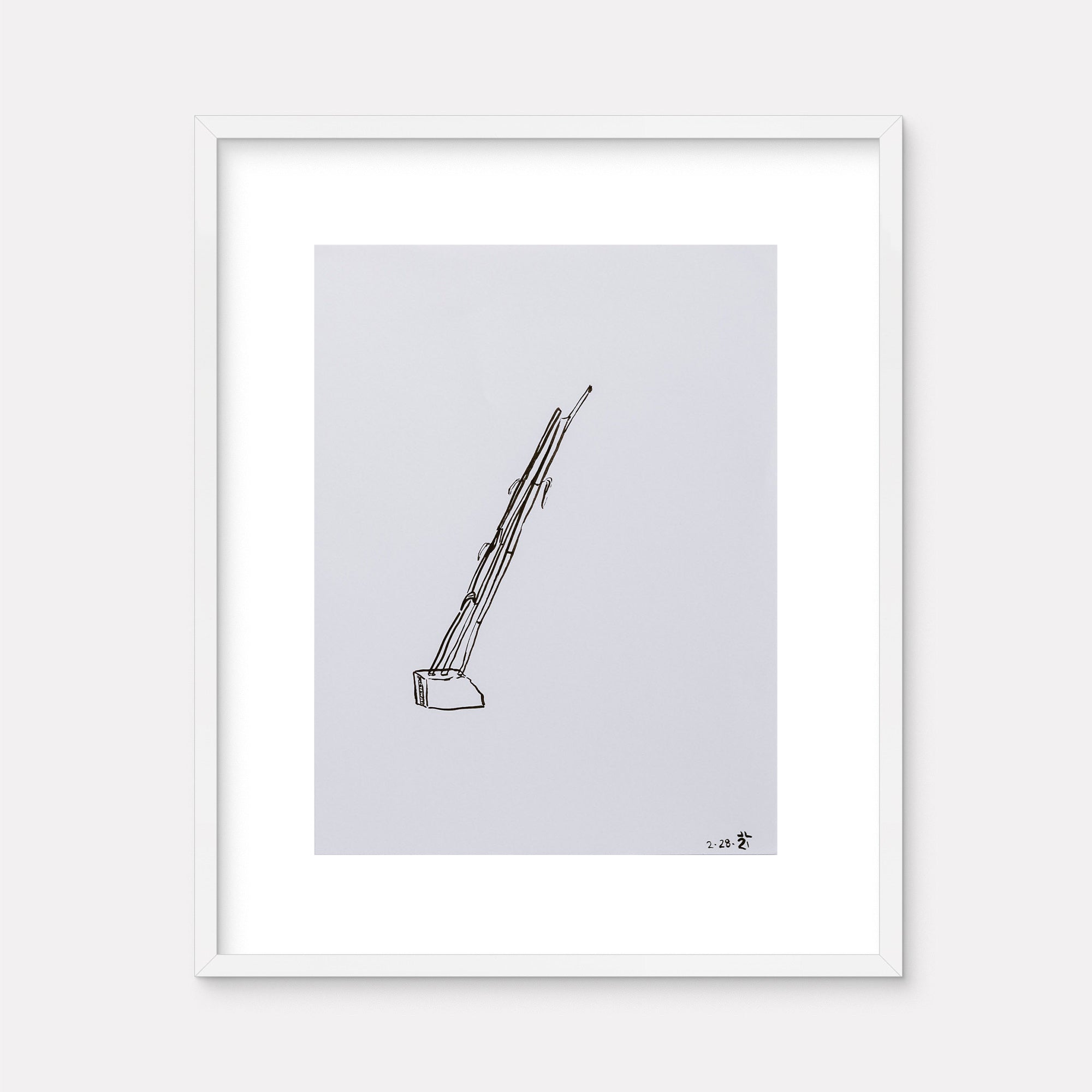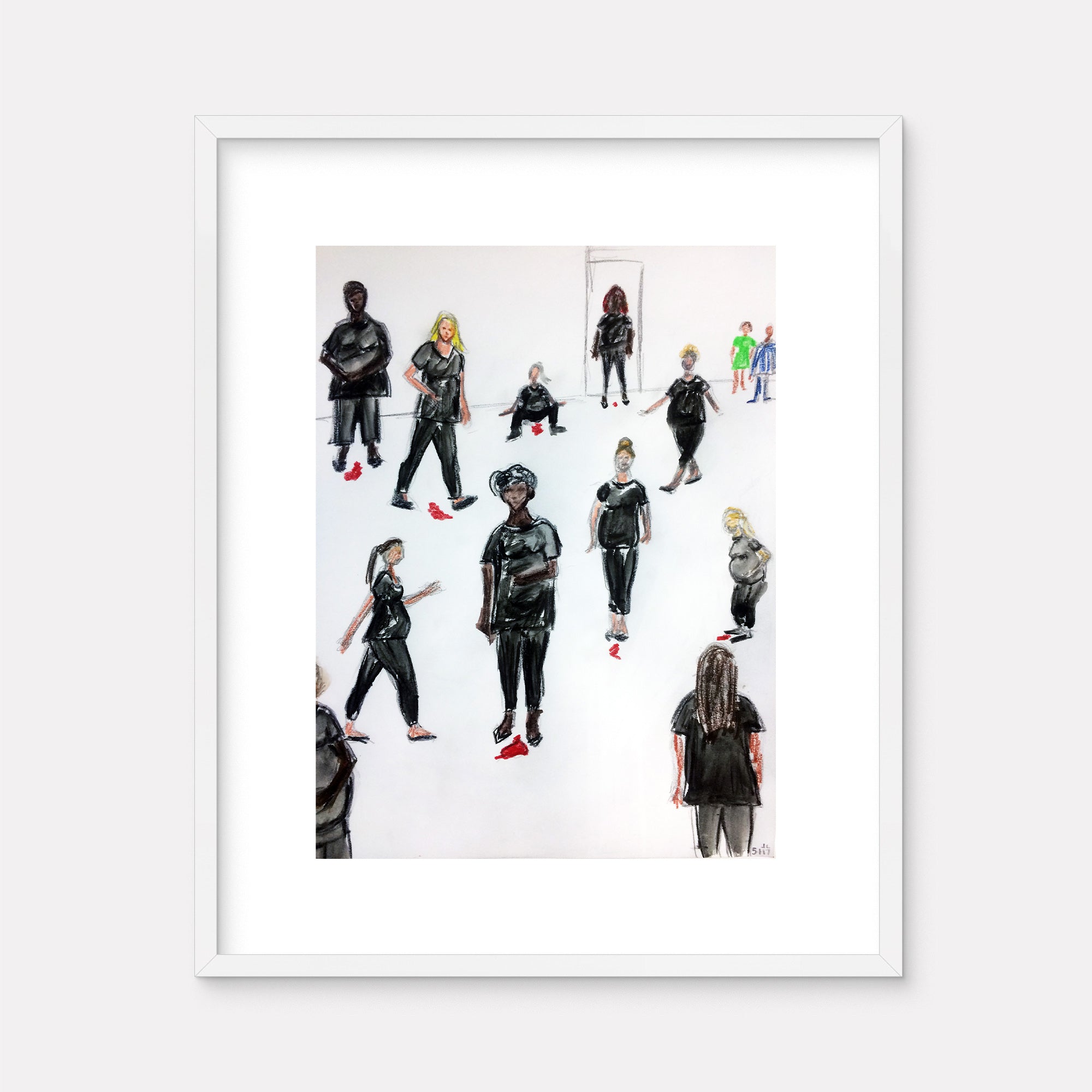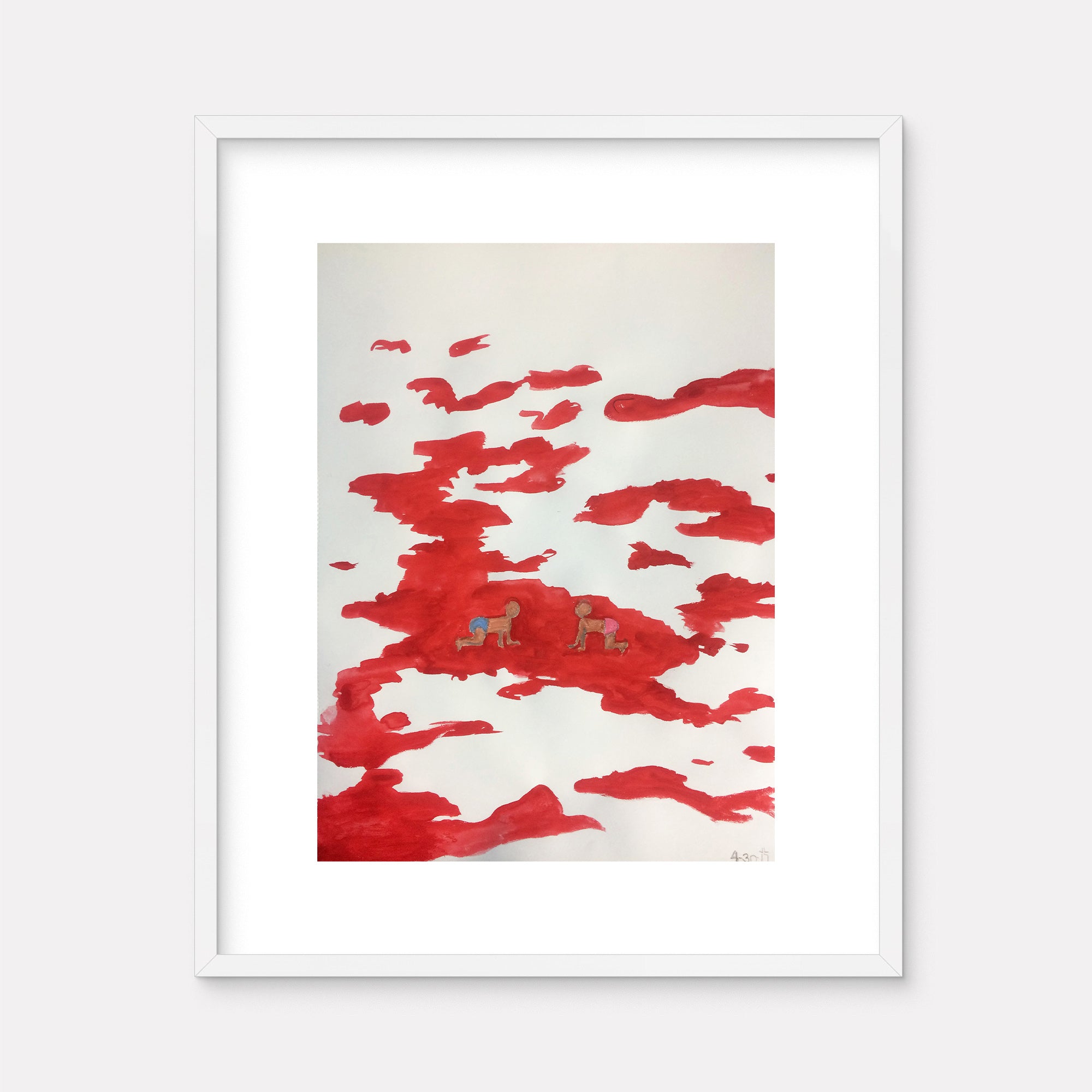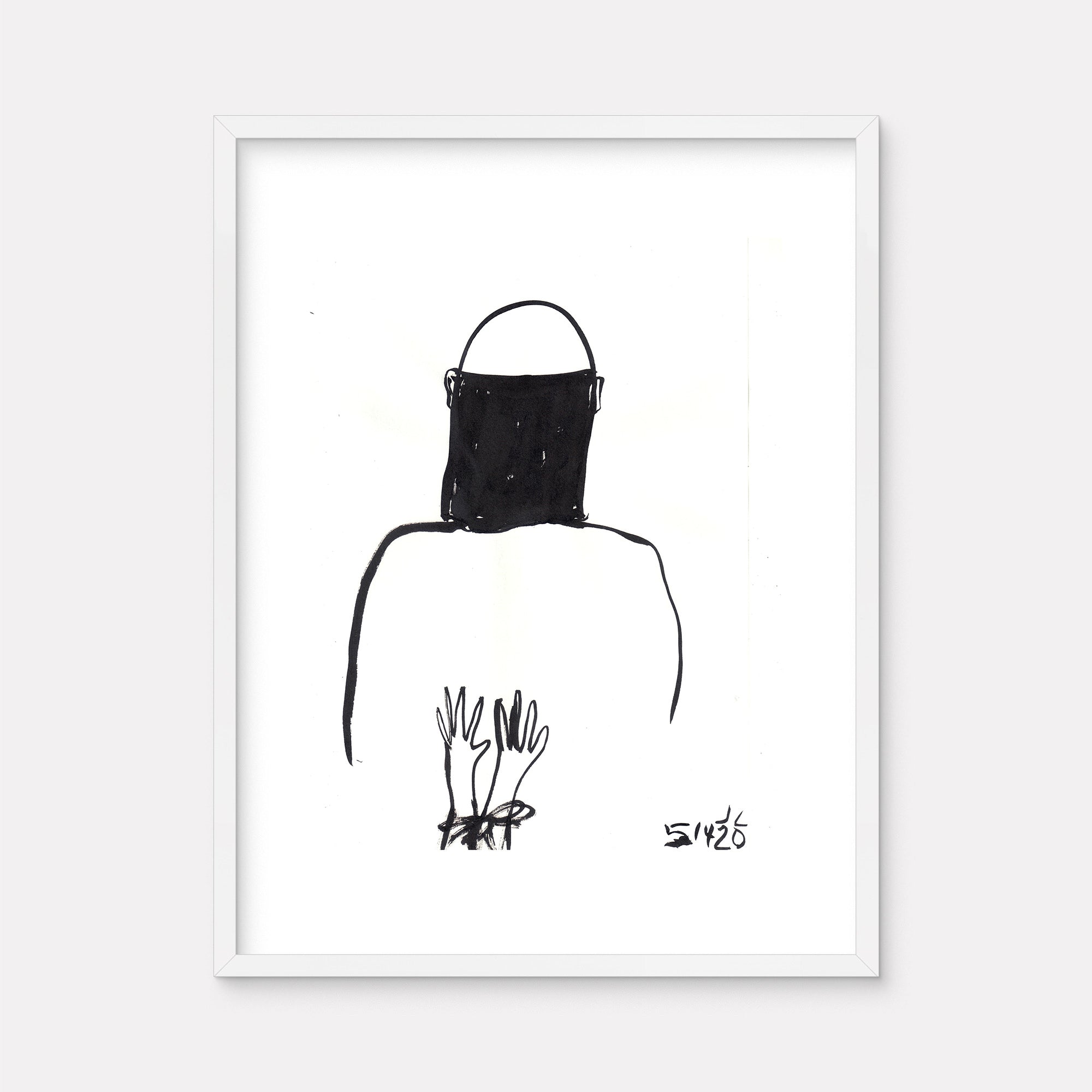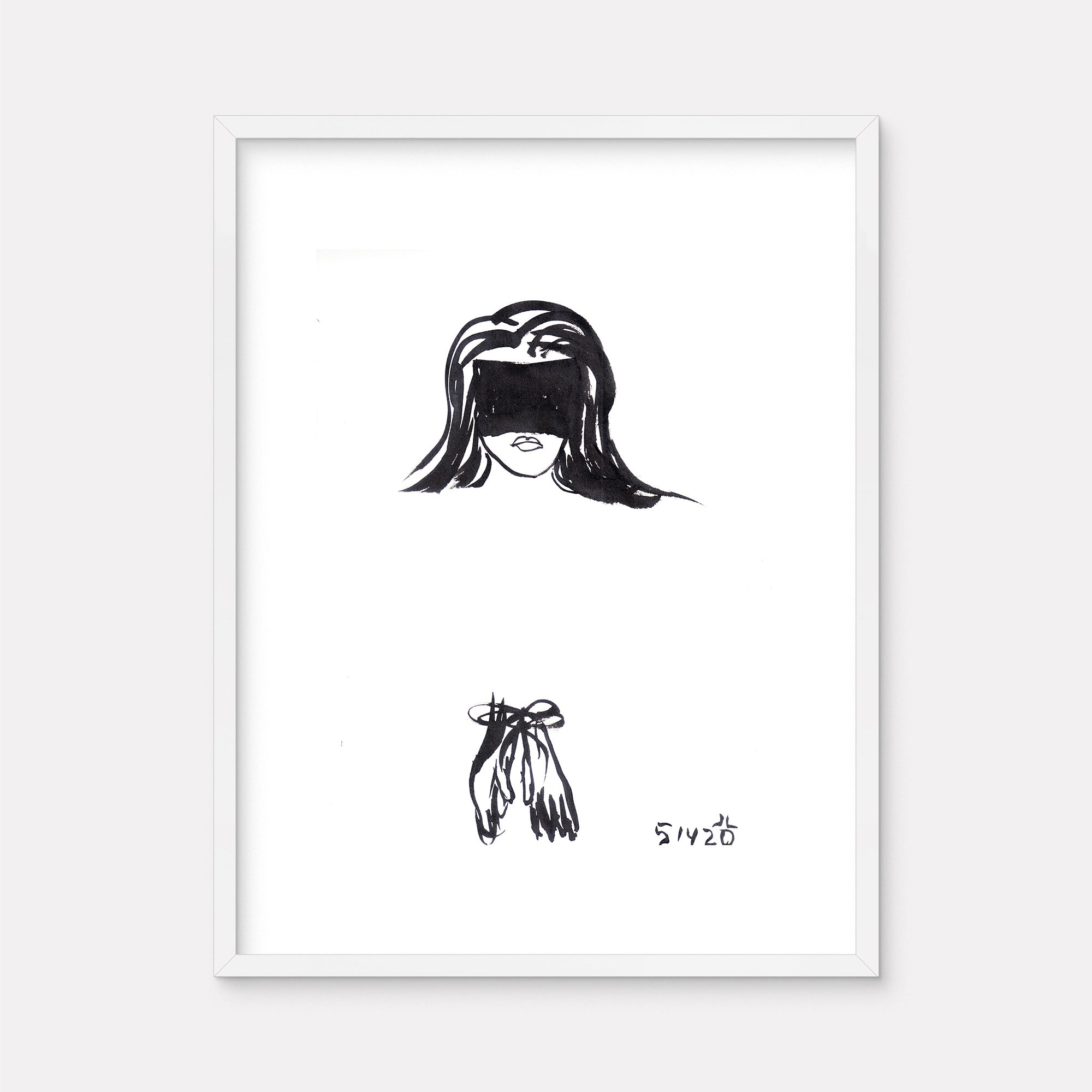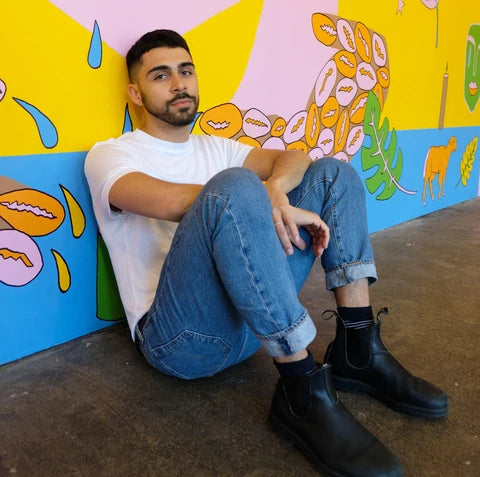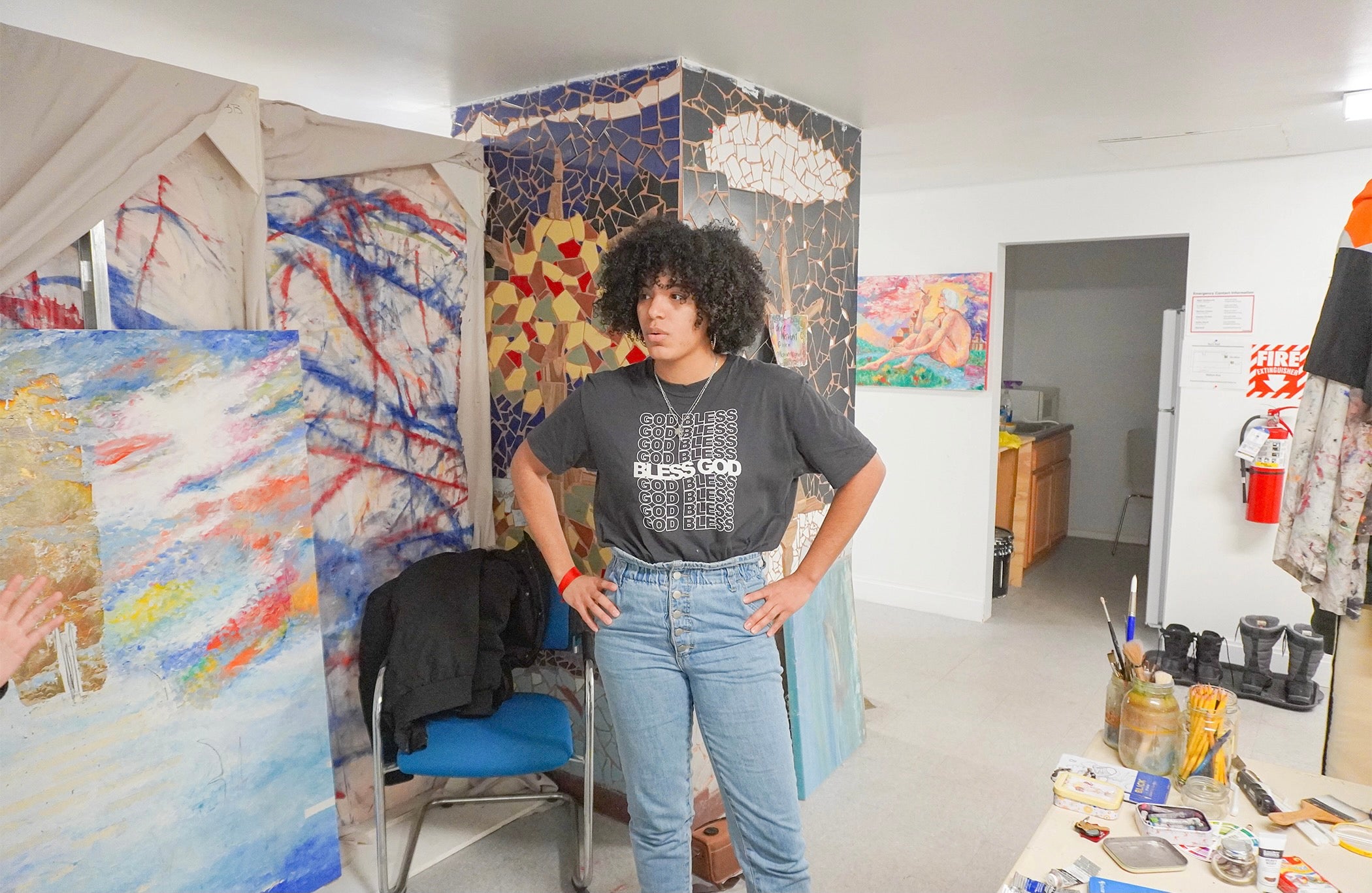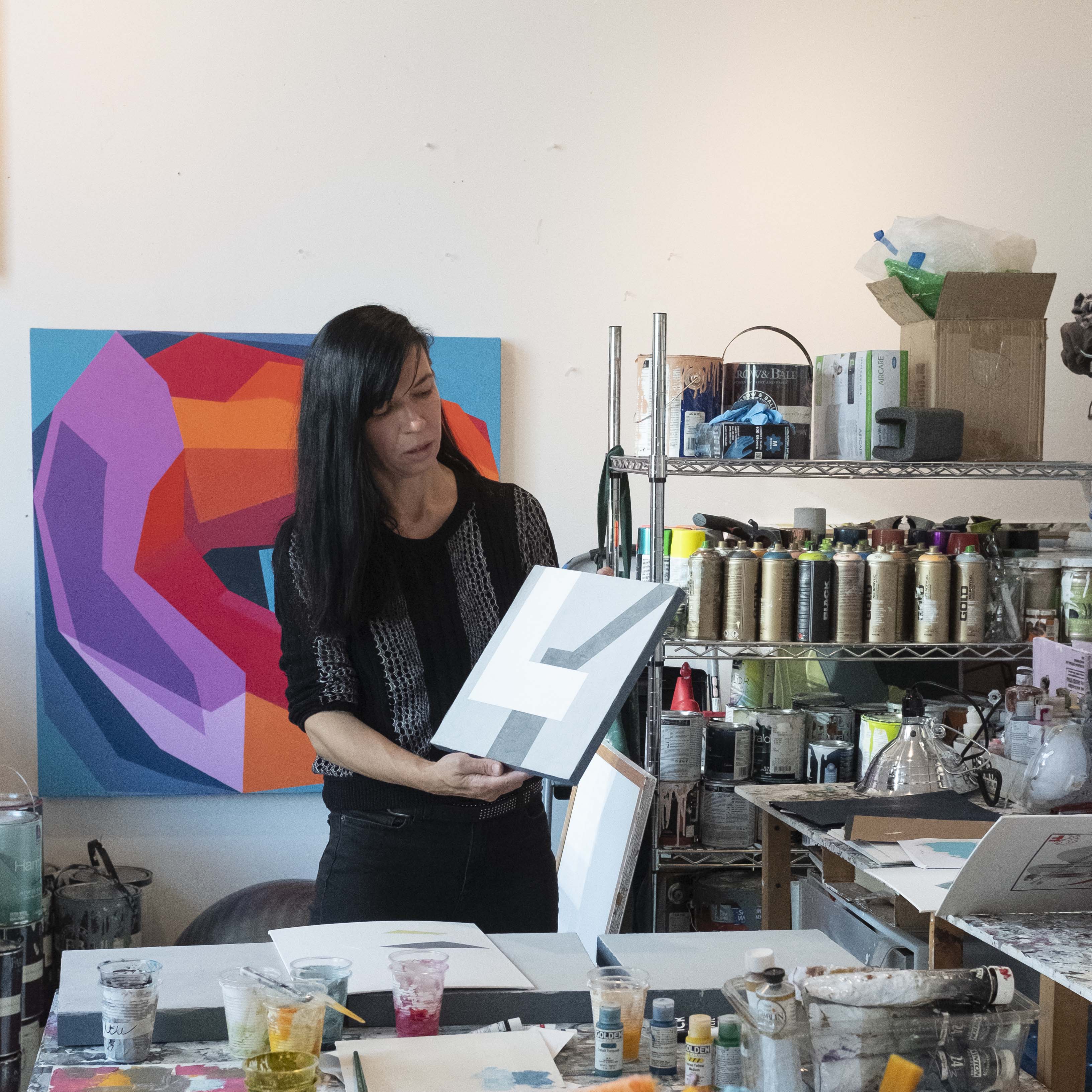No Products in the Cart
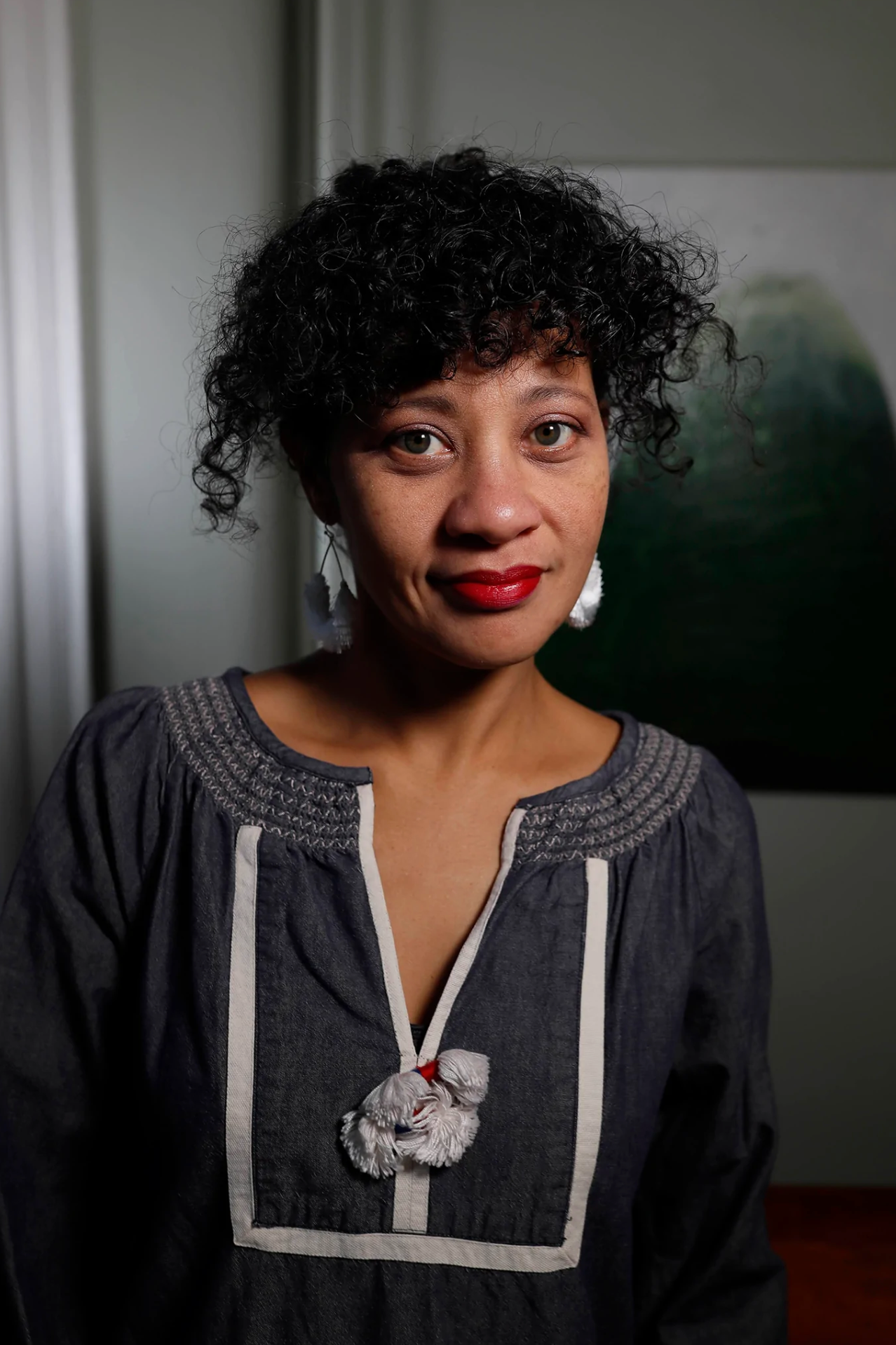

Tell us about yourself & how you became an artist
I was born in Manchester, Jamaica to a Chinese-Jamaican father and an Afro-Jamaican mother. The African diaspora, European colonialism and Chinese migration make-up significant parts of my origin story. The ancestral convergence in Jamaica (slave owners, slaves and migrant workers) followed by my family’s immigration to the United States, informs my artistic practice. At age eleven, I immigrated with my family to the United States. My early-childhood recollections of my home country in the post-colonial Caribbean, exist at the edges of standardized Western culture, where daily struggle causes those standards to drift. My idyllic Jamaica no longer exists. As an immigrant, my memory of my country of origin is both frozen in time and lives a life of its own, where it perhaps comes to represent something else entirely. My goal is to pinpoint that ephemeral fleeting image of a once perfect landscape, and to celebrate Jamaica’s proud society.

What is your art addressing? What kind of message do you want to convey through your art?
Western capitalism and consumption inform my process. My work critiques first-world capitalism that manifests itself in the form of obsessive consumerism, hyper-tourism and colonial behaviors that prey upon perceived ‘otherness’. I create art that critiques these systems of greed and oppression: the accumulation of goods and focus on luxurious lifestyles, juxtaposed with the socio-economic change and cultural development of the Jamaican people. I set the stage by combining various media, wearable sculpture and readymade objects, to form hybridized utopian environments. My work questions moments in history, as some political views and archetypes may be forgotten and considered insignificant. Such narratives are constructed and reconstructed, highlighting the lost traditions and stories of my complex heritage.

|
 |
“My work questions moments in history, as some political views and archetypes may be forgotten and considered insignificant.”
What kind of emotions do you want to stir in your audience?
I want to ask my audience how they view the same subject matter and concepts I am exploring. Do they question their own perspective? I want them to reflect upon the work and be reflected in the work. Then I want to uplift and inspire.
What is your creative process?
Even though I was trained as a painter, I enjoy the process of creating performance art. I usually begin with a specific image or series of images in my head. From there I draw and conceptualize. Frequently resorting to colored pencils and watercolor pencils, or ink, I create the image frozen in time. I then think about the story I want to tell and create a narrative with the addition of actions, my own created props, found objects, installations, and wearable art.

3 words to describe yourself as an artist
Bold, multifaceted, colorful
3 words to describe your art
Controversial, bold, inviting
Your go-to music for when you're working?
Any music by Lee Scratch Perry
VIEW WORKS FROM THIS ARTIST
Favorite movie or show?
Saturday Night Live
Favorite color?
Green
Do you have a routine or ritual for when you're working?
Not really, but a glass of wine is good when I anticipate a long work night.

Where / When / How do you get inspired?
Anywhere, Anytime. I am usually inspired after midnight.
What makes you happy?
Traveling to the good outdoors on a beautiful sunny day.
What impact does living in New York have on you?
It's hard but it pushes me in a good way. I'm inspired by the pace of life and my friends.
How has your art changed throughout your career?
It's changed from being figurative, to abstract, to performative, to figurative and back again. It goes in cycles and cycles tend to repeat themselves.

What do you want people to know about you or your art that we haven't asked?
I want people to know that it's possible to support performance artists whether it's from buying tangible works or attending a live performance. So much goes into the making of a performance work such as these drawings. I want people to see performance art when they can. They may get even more out of the tangible work after such an experience.






